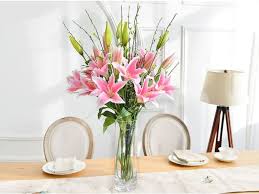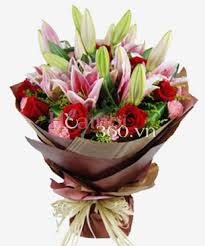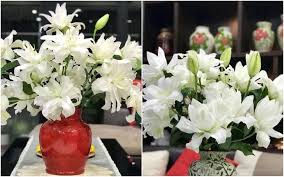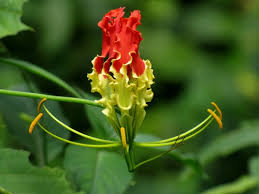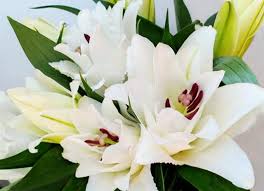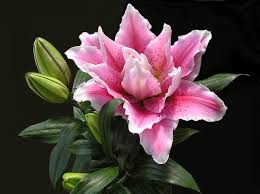The Difference Between Caja China Roasting and Direct Fire Grilling
When it comes to preparing meat, the methods we choose play a significant role in the flavor, texture, and overall outcome of the dish. Two popular cooking techniques—Caja China roasting and direct fire grilling—are often used for large cuts of meat, yet they offer very different approaches to heat and flavor development. Each technique has
